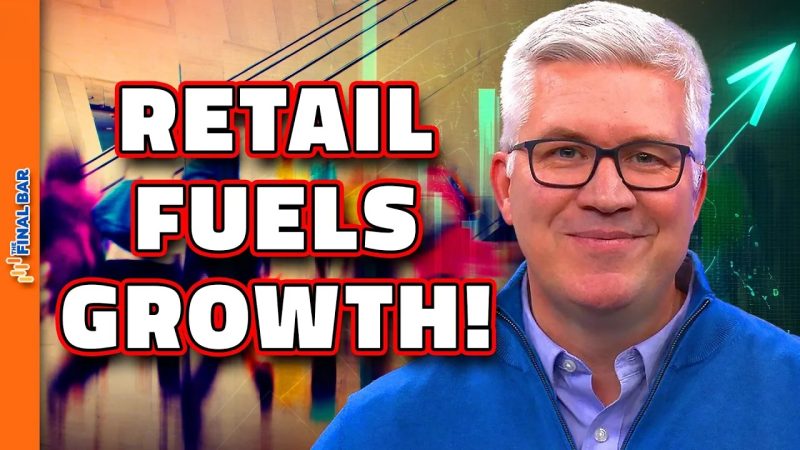Inflation Fear and Strong Retail Sales: Understanding the Factors Fueling Economic Growth
Inflation has been a hot topic of discussion recently, as fears of rising prices and reduced purchasing power loom over consumers and businesses alike. The combination of strong retail sales and ongoing concerns about inflation has fueled both optimism and uncertainty about the future state of the economy. In this article, we will delve into the key factors contributing to this economic landscape and its potential implications.
Retail sales have been a crucial indicator of economic health, serving as a barometer of consumer sentiment and spending patterns. The recent surge in retail sales can be largely attributed to multiple factors, including pent-up demand from lockdown restrictions, government stimulus packages, and increased confidence in the economic recovery. As consumers continue to spend on goods and services, retailers are experiencing robust sales figures, boosting overall economic activity.
However, the flip side of strong retail sales is the concern surrounding inflation. Inflation occurs when the prices of goods and services rise over time, eroding the purchasing power of money. The fear of inflation has been amplified by a combination of supply chain disruptions, rising commodity prices, and increased demand, leading to higher costs for businesses and potentially higher prices for consumers. Central banks and policymakers are closely monitoring these developments to ensure that inflation remains within target levels, balancing economic growth with price stability.
The interplay between strong retail sales and inflation fear has far-reaching implications for the broader economy. On one hand, robust consumer spending can drive economic growth, stimulate investment, and create jobs, contributing to a cycle of prosperity. On the other hand, if inflation spirals out of control, it can lead to higher interest rates, reduced consumer purchasing power, and potential economic instability.
Businesses are also navigating this complex economic landscape, grappling with supply chain challenges, fluctuating demand, and rising input costs. Many companies are adjusting their pricing strategies, optimizing their supply chains, and exploring new growth opportunities to adapt to changing market dynamics. Innovation, agility, and strategic decision-making are becoming increasingly crucial for businesses to thrive in a volatile economic environment.
In conclusion, the intersection of inflation fear and strong retail sales presents both opportunities and challenges for the economy. While robust consumer spending fuels economic growth and recovery, the specter of inflation underscores the need for vigilant monitoring and prudent policymaking. By understanding the underlying factors driving these trends and adapting to the evolving landscape, businesses and policymakers can navigate this period of uncertainty with resilience and foresight.

